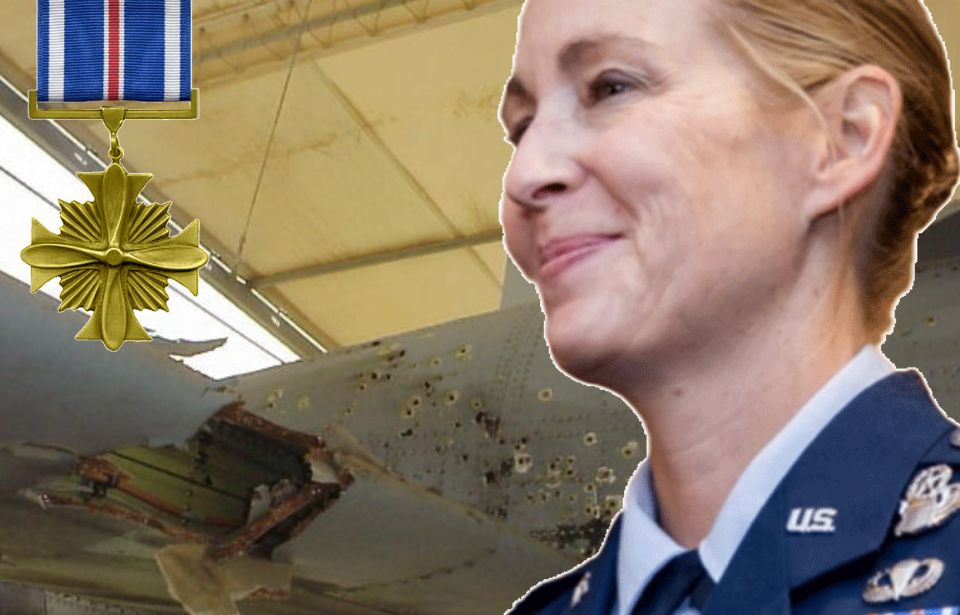Kim Campbell, a US Air Force pilot, demonstrated exceptional skill in a dangerous scenario in Afghanistan. When an enemy missile struck her Fairchild Republic A-10 Thunderbolt II, she lost hydraulic control of the aircraft. Despite this, her skillful piloting allowed her to guide the plane back to base safely, ensuring the safety of both herself and her flight leader.
Kim Campbell’s A-10 Warthog is struck by an enemy missile
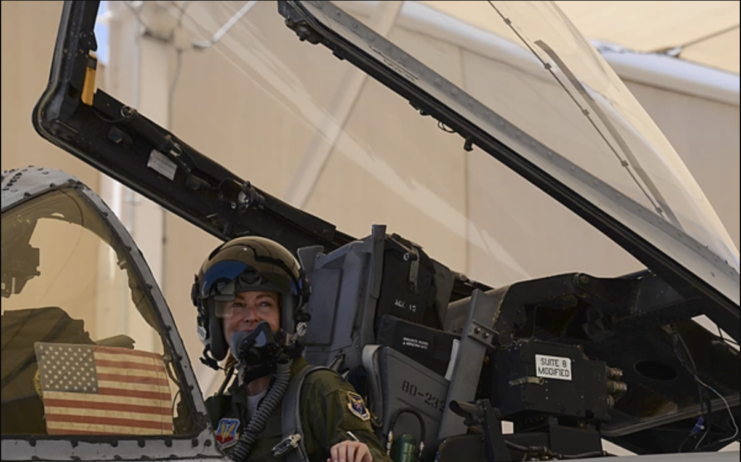
On April 7, 2003, Kim Campbell left on a mission to strike an Iraqi command post in Baghdad. During the flight, accompanied by her lead, Lt. Col. Rick “Bino” Turner, they received an urgent call for air support from the 3rd Infantry Division, which was under attack.
As they maneuvered through the city, Campbell and Turner had to navigate the challenge of minimizing civilian casualties and preventing damage to infrastructure. They also faced the persistent threat of surface-to-air missiles, which required precise maneuvers to shield Campbell’s A-10 Warthog from potential hits. Despite the increased danger posed by dense cloud cover, they pressed on with their mission.
After executing multiple runs and using rockets and 30 mm ammunition against enemy positions, the operation initially appeared successful. However, disaster struck during their final approach when Campbell’s A-10 was engulfed by an ominous orange fireball, severely damaging the hydraulics system and sending the aircraft into a rapid descent.
Kim Campbell was trained in how to manually fly the A-10 Warthog
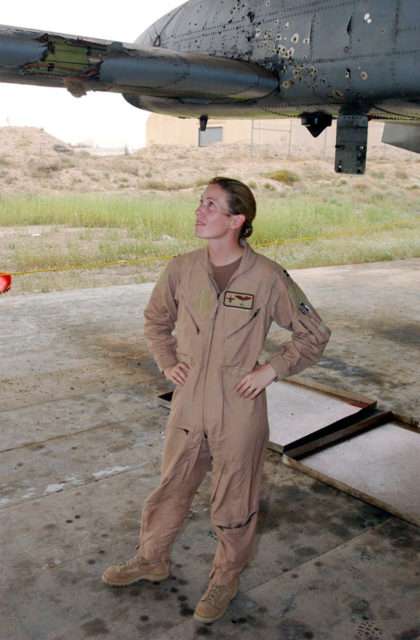
Kim Campbell’s flight training immediately took over. She first focused on maintaining control of the aircraft, later recalling, “In an emergency situation like that, I felt like time slowed down. I knew I had to take quick action but I also had to figure out what was going on in my cockpit.” Her solution was to manually fly the A-10.
Despite the challenge, the A-10 is one of the few aircraft that can function without hydraulics, thanks to its manual reversion system. This allows the pilot to continue flying in emergencies.
“Aircraft control in the manual flight mode is exceptionally demanding of piloting skills,” noted the Air Force Human Resources Laboratory in a 1982 report on the manual reversion system.
A quick lesson while under fire
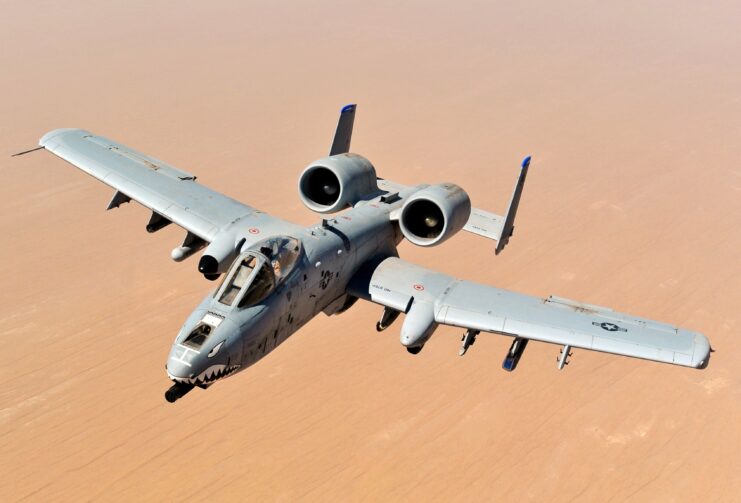
Campbell had to reteach herself how to manually fly while being shot at by anti-aircraft fire. Thankfully, her skills as a pilot were honed enough that she didn’t struggle too much. “Once I flipped the switch to manual reversion, I don’t remember it being overly difficult,” she said. “I was just so relieved the airplane was finally climbing and responding.”
Campbell and Turner were able to get out of the combat zone relatively unscathed after the critical hit, and the pilot manually flew the A-10 for 300 miles to Kuwait.
Landing manually is a completely different ball game
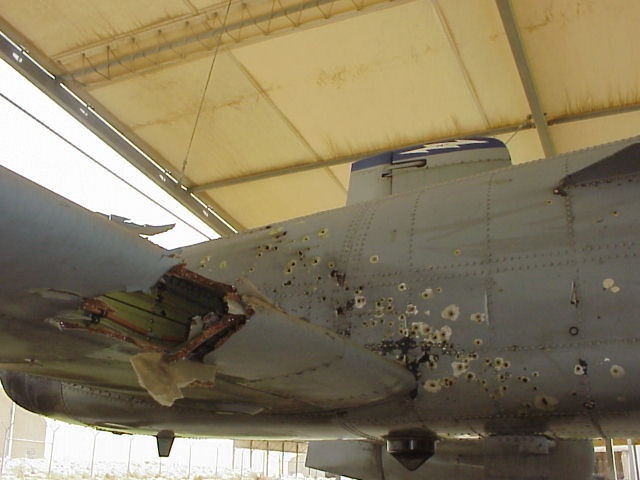
Landing an A-10 manually comes with its own set of challenges, especially without hydraulics, which makes precise adjustments much more difficult. The manual reversion checklist even advises to “attempt only under ideal conditions.”
Kim Campbell, however, was in far from the ideal situation. Her aircraft was severely damaged, with bullet holes and a compromised right horizontal stabilizer. After assessing the risks with Turner, they decided to go ahead with a manual landing. Campbell later noted “[Turner’s] actions after I was hit were absolutely critical. I was so focused on flying the airplane, getting it under control, whereas he had more awareness of what was going on around me.”
Campbell successfully landed the A-10 and was awarded the Distinguished Flying Cross for her bravery. Lt. Col. Mike Millen, Chief of the 355th Fighter Wing Commander’s Action Group, remarked, “Kim landed that jet with no hydraulics better than I land the A-10 every day with all systems operational.”
Interestingly, when Campbell practiced the same manual landings in simulators later, she didn’t do as well.
Kim Campbell went right back to it
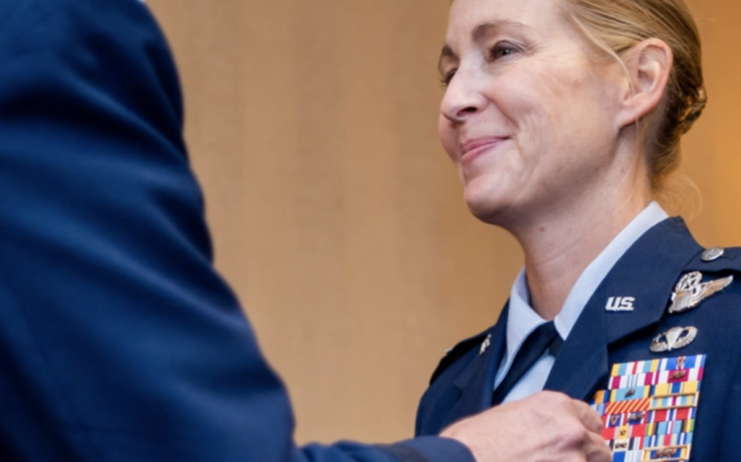
Even though she showed bravery in the moment, Kim Campbell confessed that she was truly frightened inside. “When I go back and listen to the audio recording [of the flight], I can hear the fear, I just didn’t have time to think about it,” she recalled. Nevertheless, she climbed back into the cockpit the next day.
New! Want to become a trivia master? Sign up for our War History Fact of the Day newsletter!
More from us: The Remarkable North American P-82 Twin Mustang Was Two Aircraft In One
Now retired, Campbell logged 1,800 hours of flight time and completed over 100 combat missions in the A-10. For her, it’s all about being an excellent pilot. “I never wanted to be labeled as a female fighter pilot,” she explained. “I wanted to be the best pilot. So just work hard and be credible. Be good at what you do.”
